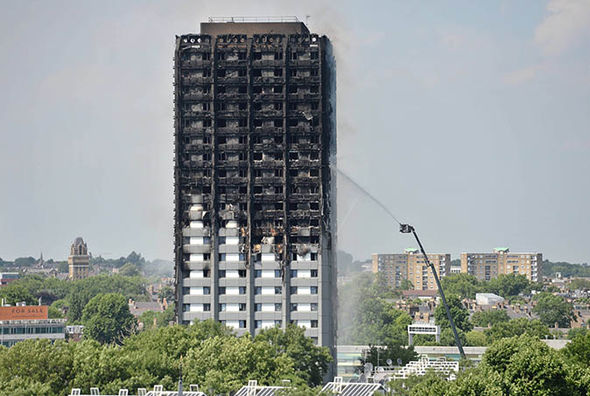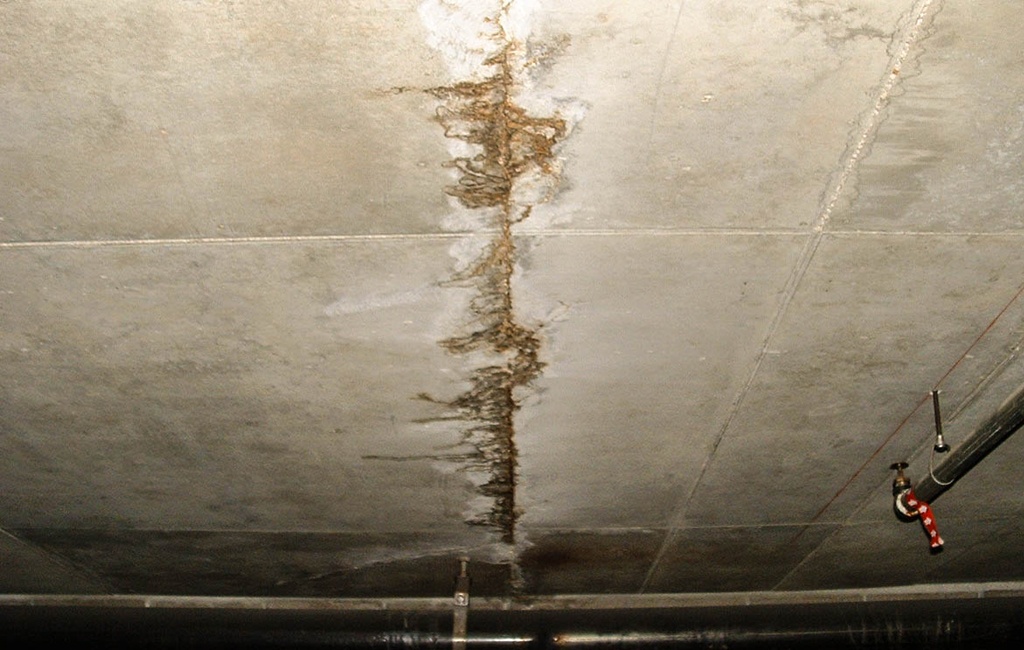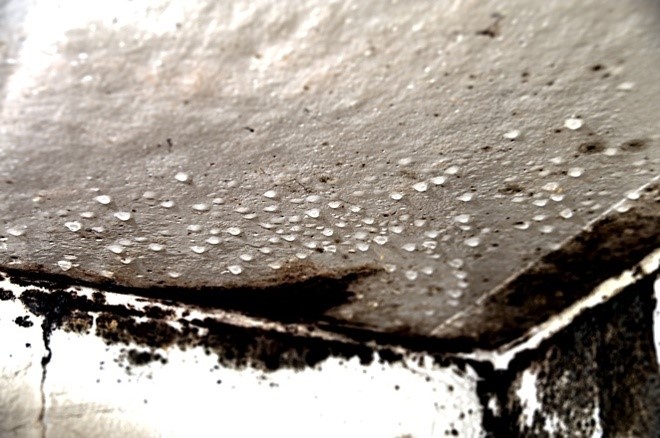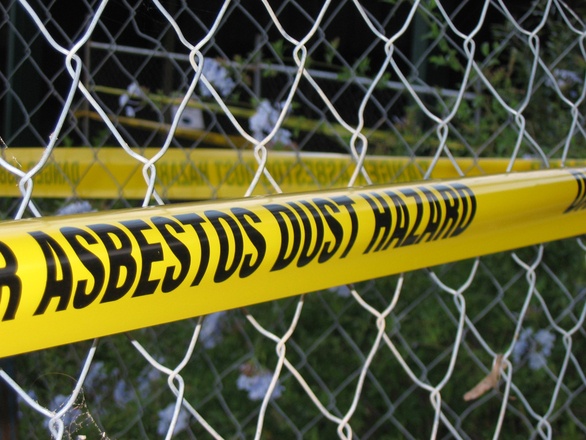
Built to burn: Thousands of buildings worldwide are wrapped in combustible panels
[fa icon="calendar'] Jan 4, 2018 11:00:00 AM / by Clark Griffith, AIA
A high school in Alaska, a National Football League stadium, a Baltimore high-rise hotel and a Dallas airport terminal are among thousands of structures world-wide covered in combustible-core panels similar to those that burned in June's deadly London fire.
Read More [fa icon="long-arrow-right"]
After Years of Decline, Asbestos Use is on the Rise
[fa icon="calendar'] Dec 11, 2017 11:00:00 AM / by Mark McGivern, CSI, Aff. M. ASCE
Do not believe that asbestos is not being used in building products that you specify or construct. Contrary to popular belief asbestos is not illegal in the U.S. According to the EPA many building products can be manufactured with asbestos.
Read More [fa icon="long-arrow-right"]
Hurricanes and Construction Cranes - Look Out Below
[fa icon="calendar'] Dec 5, 2017 10:00:00 AM / by Kenneth R Quigley, PE
During Hurricane Wilma a tower crane at a high-rise condominium construction site in Hallendale, Florida suffered a collapse. The building, a 28 story concrete structure, is situated between the Atlantic Ocean and Route A1A, and was under construction at the time of the collapse. The crane was situated on the west side of the building and was connected to the building at the tenth and twentieth floors. The crane was over 300 feet tall. The crane broke at the twentieth floor; the top of the crane fell to the ground while the lower portion was damaged but remained attached to the building. CCA was requested to review the circumstances of the collapse of the crane and provide opinions as to the cause.

Stricter Building Codes Saved Florida’s Commercial Buildings from Irma’s Wrath
[fa icon="calendar'] Nov 28, 2017 10:00:00 AM / by Mark McGivern, CSI, Aff. M. ASCE
Hurricane Irma bore down hard on single-family homes, severely damaging many. At the end of September residential insurance claims had been cited around a half-million. The story, however is quite different for commercial and industrial buildings where insurance claims had been cited around 25,000.
This is mainly due to the stricter building codes that were put in place following the wrath of Hurricane Andrew in 1992. “Designed to withstand a Category 5 hurricane with winds of 175 mph, the Florida building code is the accepted benchmark for hurricane protection nationally.”
“Florida significantly strengthened its defenses after hits from past major hurricanes, and those improvements were instrumental in helping the state weather this potentially devastating storm,” Levy notes. “As a result, damage to Florida commercial real estate is relatively minor outside of the Keys.”
Read More [fa icon="long-arrow-right"]
Mold in walls after a hurricane or flooding
[fa icon="calendar'] Oct 19, 2017 4:00:00 PM / by Robert Pfeifer, AIA
Excessive growth of mold can destroy building materials and also cause health problems.

Water Damage During Construction
[fa icon="calendar'] Oct 11, 2017 3:55:00 PM / by Robert Pfeifer, AIA

Mold Within City Buildings: A Common & Growing Issue Part 3
[fa icon="calendar'] Aug 1, 2017 2:58:00 PM / by Morris Yarjovski, CCPM, CCI
Part three of a three part series
As I hinted to in an earlier post, reducing the number of mold cases in both new and older buildings will require a multi-prong approach. First, we must consider the construction process when evaluating the strategies that might be used to combat mold in our structures. Then, the building’s envelope design; and finally, the materials chosen.

Mold Within City Buildings: A Common & Growing Issue Part 2
[fa icon="calendar'] Jul 20, 2017 2:52:00 PM / by Morris Yarjovski, CCPM, CCI
Part two of a three part series
In older buildings, the facility needs to be reviewed diagnostically. By that, I mean, the structure needs to be analyzed for what may be producing a problem, and not just from what can be designed better. In other words, we need to observe the sources that contribute to the growth of mold within the aging structure.

Asbestos Testing and Clean-Up
[fa icon="calendar'] Jul 5, 2017 9:22:00 AM / by Robert Pfeifer, AIA
Part two of a series. If you missed part one of our Asbestos post series, you can access that here.
Asbestos Testing and Clean-Up
Once asbestos is discovered or suspected the following steps should be safely taken by qualified professionals; secure the property to be sure no individuals or workers go into the building without proper training and personal protective equipment, survey the property, inspect for the presence of asbestos contamination, and locate the source of the asbestos contamination.
CCA has led asbestos remediation, leading teams of professionals to inspect, evaluate, and de-contaminate buildings. Working with local environmental inspection and testing consultants, CCA and the consultants would safely enter the building, take surface and airborne samples, and determine if the structure is, in fact, contaminated with airborne asbestos particles.

Preliminary Cost Investigations and the Importance of a Detailed Budget
[fa icon="calendar'] Jun 21, 2017 9:55:27 AM / by John R. Manning, PE, CCM, LEED
This is the sixth post in our year-long series about the best ways to work with your Owner's Representative. You can view all of the series posts here.
The most critical segment of the pre-design phase of your project is the development of a sound budget through good preliminary cost investigations.
A project can be made or lost in those crucial first few days or weeks if careful thought is not put into the budget. Once the budget is set and the Owner gets its funding it becomes an uphill battle to get more funding so all budgets need to be reviewed by everyone who has a stake in the project from the Owner’s side. The budget should be broken out in adequate detail to allow everyone to understand what is included in the budget and what is not included in the budget.
Most of the time budgets are developed with little, if any, design documentation. This initial budget estimate may be required prior to any plans or sketches and be based solely on a “concept” or “program,” hence the need for a well thought out and written Scope or Project Requirements, which should be developed in parallel with the budget and will provide the detail of what is included in the budget.
Actual estimating will typically be limited at this stage to broad budget type numbers based upon areas. Those areas should be included in a written Scope or Project Requirements (Program). In any budget breakdown, notes should be added to line items to ensure that others understand what was considered and be able to follow the budget logic.

